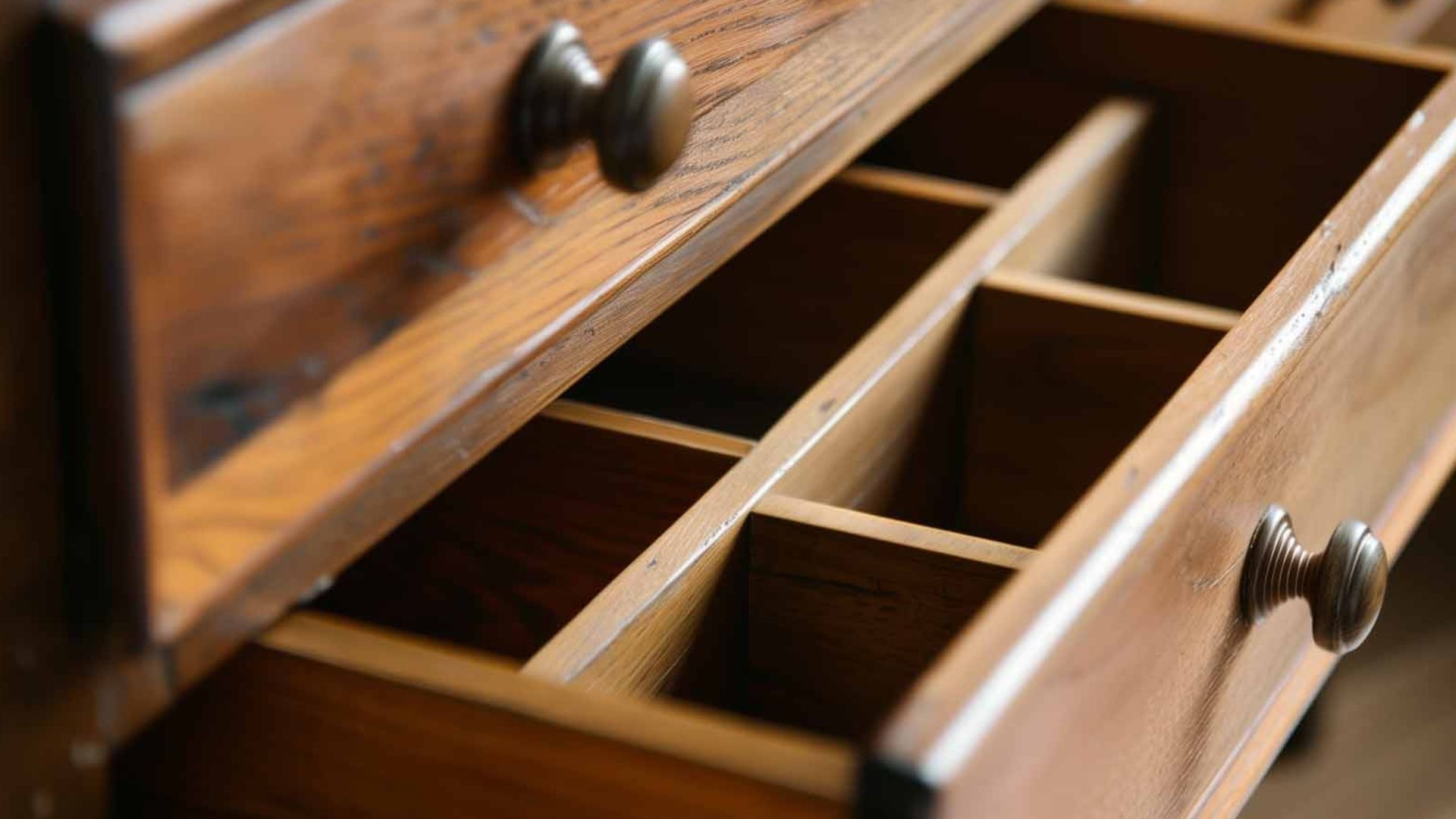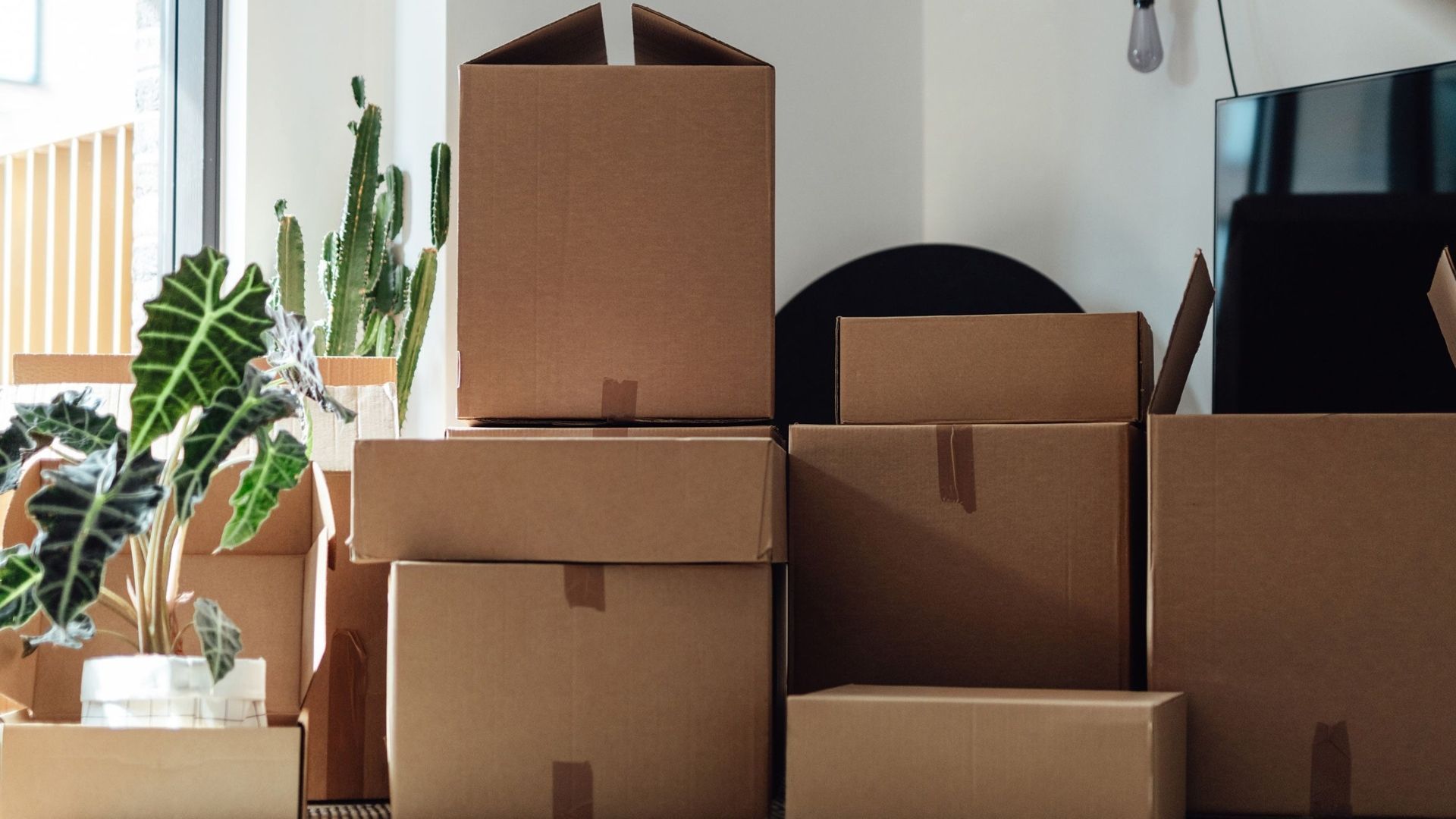How to Pick Paint Colors for a New House?
You can pick the perfect paint colors for your new house by following a simple process: start with your existing items, test large samples in different lighting, and choose colors that flow well from room to room. This guide will show you exactly how to do it without making costly mistakes.
Moving into a new home is exciting! You get to make it yours with fresh paint colors that reflect your style. But with thousands of paint options available, where do you even start? Don't worry – this step-by-step guide will help you choose colors you'll love for years to come.
Start With What You Already Have
Use Your Favorite Items as Inspiration
The best paint colors come from items you already love. According to architectural color consultant Bonnie Krims, one effective method for choosing a color scheme is to start with an existing object in your home. "Take a pillow from the family room sofa, your favorite tie or scarf, or a painting—anything that conveys comfort or has an emotional connection for you—and bring it to the paint store," says Krims.
Look around your current space for:
- A favorite piece of artwork
- A rug you plan to keep
- Bedding you love
- A throw pillow that makes you smile
These items contain color combinations that already work well together. Use them as your guide instead of starting from scratch.
Consider Your Permanent Features
Think about the things in your new home that you can't easily change:
- Kitchen cabinets and countertops
- Bathroom tiles
- Hardwood floors
- Brick fireplaces
If the wood of your kitchen cabinets has a red undertone, make sure the paint color you choose works well with that hue. Your paint colors should complement these permanent features, not fight against them.
Match Your Personal Style
Your home should feel like you. Think about the colors you naturally gravitate toward in your wardrobe. You probably already know if you like cool colors or warm colors, but if you haven't decided yet, I would look in your closet. For example, look at your reds. Are they pink or are they orange? Then look at your yellows. Are they bright yellow or pale yellow? You as a person are drawn to a color palette.
Learn About Light and Undertones
Why Lighting Changes Everything
Light can dramatically change the way a certain paint color looks. "Sometimes the same paint color can look drastically different in two different rooms depending on the kind of light it gets," says Wadden. Natural light from windows changes throughout the day, and artificial lighting can make colors appear warmer or cooler.
Consider how much natural light each room gets:
- North-facing rooms get cooler, bluer light
- South-facing rooms get warm, bright light
- East-facing rooms get morning light
- West-facing rooms get afternoon and evening light
Understanding Undertones
The biggest paint color mistake that the designers we spoke with cited is ignoring undertones. As Marie Cloud, the founder of Indigo Pruitt Design Studio in Fort Mill, South Carolina, explains, undertones affect the way that a paint color will appear as lighting conditions change. "A gray that looks neutral in-store may pull blue or purple in different lighting, which can throw off the entire palette of a space," she says.
Every paint color has undertones – the subtle hints of other colors mixed in. A beige might have pink, yellow, or gray undertones. A white might lean toward blue or cream. These undertones become more obvious in different lighting conditions.
Test Paint Colors the Right Way
Never Choose Colors at the Store
Never ever, ever, ever choose paint colors at the store. When we pick a paint color at the store, it's usually under what kind of lighting? Fluorescent lighting – harsh and glaring, and very different than you're likely to have in your home. Store lighting makes colors look completely different than they will in your home. Studies from the Lighting Research Center at Rensselaer Polytechnic Institute confirm that fluorescent lighting can shift color perception by up to 30% compared to natural daylight, making it nearly impossible to accurately judge paint colors in retail environments.
Get Large Samples
Never choose a color from a 2×2 swatch. Paint a posterboard or large piece of cardboard with the paint sample. Hang it around the room to see if you like it in different areas and lighting situations (sunrise/day/night).
Here's how to test properly:
- Buy sample-sized paint cans
- Paint large poster boards or cardboard
- Hang samples on different walls
- Look at them in morning, afternoon, and evening light
- Live with them for at least two days
Compare Multiple Options
Wendy Smit, the founder of Wendy Smit Interiors in Nashville, Tennessee, believes that it is best to compare at least three paint colors, if not five or six, prior to landing on your final pick. "You can't determine the undertones in a paint color without comparing it to another color," she says.
Choose Colors for Each Room's Purpose
Living Rooms and Family Rooms
These spaces need to feel welcoming and comfortable for everyone. Consider happy colors for a living room, such as red, orange, or yellow. Warm neutrals like soft grays, warm beiges, and creamy whites create a cozy backdrop that works with any décor.
Popular living room colors include:
- Warm grays with beige undertones
- Soft greens that feel natural and calm
- Creamy whites that aren't stark
- Warm blues that feel peaceful
Bedrooms
Your bedroom is a space where you want to create a relaxing atmosphere. A popular approach to calm color in bedrooms is using soft, muted shades of blue or green. Warm neutral colors such as beige or taupe can also create a soothing ambiance.
Blue is among the most calming colors in the palette for interior design. According to research from the University of British Columbia, blue has measurable psychological effects, helping to relax the mind and slow down heart rate, metabolism, blood pressure, and hypertension.
Kitchens and Dining Rooms
The kitchen benefits from a warm and inviting atmosphere. Shades of yellow, orange, or red can create a cozy ambiance and stimulate appetite. If you prefer a more modern look, consider using shades of white, gray, or blue for a clean and sleek aesthetic.
Kitchen colors that work well:
- Warm whites that feel clean but not cold
- Soft blues that feel fresh and calm
- Warm grays that hide everyday wear
- Sage greens that bring nature indoors
Bathrooms
The bathroom can benefit from bright and fresh hues. White bathroom designs can create a sense of cleanliness and simplicity, making the space feel larger and more inviting.
Consider these bathroom-friendly colors:
- Crisp whites that feel clean
- Soft blues that remind you of water
- Light greens that feel spa-like
- Warm grays that feel sophisticated
Create Flow Between Rooms
Use a Whole-House Color Palette
Most professionally designed homes follow a 5–6 color rule. That doesn't mean only using six colors total—it means choosing six intentional, repeating tones that create consistency throughout your space.
Your whole-house palette should include:
- 1-2 main neutral colors for most walls
- 1-2 accent colors for interest
- 1-2 trim colors (often whites or off-whites)
Connect Rooms with Common Elements
Painting all of the trim throughout the house the same color or shade of white is a simple way to create a sense of flow from room to room. This creates a unifying element that ties everything together.
Other ways to create flow:
- Use the same color in different intensities
- Carry accent colors from room to room
- Keep flooring consistent in main areas
- Use similar undertones throughout
Handle Open Floor Plans
You can use color to "zone" different areas in an open floor plan. For example, you might use one color for the kitchen area and a complementary color for the adjoining living space. This technique helps to separate the spaces while maintaining a harmonious look overall.
For open spaces, try:
- Using different shades of the same color
- Painting accent walls to define areas
- Using architectural features as natural breaking points
- Keeping one consistent color in connecting spaces
Current Paint Color Trends
Earth Tones Are Back
Brown has become the new "it" neutral, and Eisenhart predicts this trend will continue. Brown is back—and it is beautiful. Benjamin Moore's Color of the Year, Cinnamon Slate 2113-40, blends heathered plum with velvety brown to create a cocooning backdrop for living rooms and primary suites.
Popular earth tones include:
- Warm browns and taupe
- Clay and terracotta shades
- Mushroom and greige colors
- Warm beiges with yellow undertones
Soft Greens Stay Popular
If you crave calm, look to the garden. Soft sage, silvery eucalyptus, and river-rock aqua top every list of 2025 paint color trends. Muted greens soothe kitchens and offices, while richer olives modernize cabinets and fireplace surrounds.
Bold Accent Colors Are Trending
Bold color is returning, but with restraint. Instead of entire jewel-box rooms, homeowners choose one high-impact surface: a plum ceiling, navy built-ins, or a cinnamon-red powder-room vanity.
Avoid These Common Mistakes
Don't Rush the Process
According to data from the National Association of Home Builders, over 75% of homeowners who rush their paint color decisions end up repainting within two years, making proper testing and planning essential for both satisfaction and budget. Take your time and live with samples for several days before deciding.
Don't Ignore Your Home's Natural Light
Natural lighting, such as sunlight, tends to show colors more accurately than artificial lighting. Research from the International Association of Lighting Designers demonstrates that natural light provides the most accurate color rendering, with a Color Rendering Index (CRI) of 100, while typical indoor lighting ranges from 70-90 CRI. With natural light, you'll be able to see the true hue and depth of your paint color.
Don't Choose Colors in Isolation
If you paint a dark green color sample on a lavender wall, your eyes will start to play tricks on you. Always test colors on neutral white poster board or prime a section of wall first.
Don't Pick Too Many Different Colors
Another tip for creating good whole-house flow, is to limit the number of different room paint colors in your home to 3-5. If every room in your home is a different color, it will be difficult to create a sense of effortless flow.
Room-by-Room Color Ideas
Entryway and Hallways
Your entryway sets the tone for your entire home. Choose welcoming colors that flow into your main living areas. Consider:
- Warm neutrals that aren't too bold
- Colors that complement your new house checklist priorities
- Shades that work with your lighting fixtures
Home Office
With more people working from home, your office color matters. Choose colors that help you focus:
- Soft blues that promote calm concentration
- Warm grays that feel professional
- Sage greens that reduce eye strain
- Creamy whites that reflect light well
Kids' Rooms
Children's rooms can be more playful, but avoid colors that are too stimulating:
- Soft pastels that grow with the child
- Muted versions of bright colors
- Two-tone schemes with neutral bases
- Colors that photograph well for memories
Working with Paint Professionals
When to Hire a Professional
Consider hiring professional painters when:
- You're painting your entire new home
- You want specialty finishes or textures
- You're unsure about color choices
- You need the work done quickly and efficiently
Questions to Ask Paint Contractors
Before hiring painters, ask:
- Do they offer color consultation services?
- Can they help with color flow between rooms?
- Do they provide paint samples and testing?
- What's their process for protecting furniture and floors?
Just like choosing reliable Edmonton movers for your relocation, selecting the right paint professionals ensures quality results.
Budget-Friendly Color Tips
Save Money on Paint
- Buy paint during sales events
- Use samples wisely – don't over-buy
- Consider painting accent walls instead of entire rooms
- Focus on high-impact areas first
DIY Color Testing
- Use removable peel-and-stick samples
- Paint foam core boards for easy testing
- Test colors in multiple rooms if using throughout
- Document your favorites with photos
Final Thoughts
Choosing paint colors for your new house doesn't have to be overwhelming. Start with items you already love, test samples properly in your actual lighting, and create a cohesive flow between rooms. Remember that paint isn't permanent – you can always change it later if needed.
The most important thing is choosing colors that make you happy and feel at home. Whether you prefer calming neutrals, bold accent walls, or trending earth tones, the perfect paint colors are the ones that reflect your personality and lifestyle.
Take your time, test properly, and don't be afraid to ask for help. Your new home is waiting for the colors that will make it uniquely yours. Just like planning your moving process, choosing paint colors is easier when you follow a clear, step-by-step approach.



